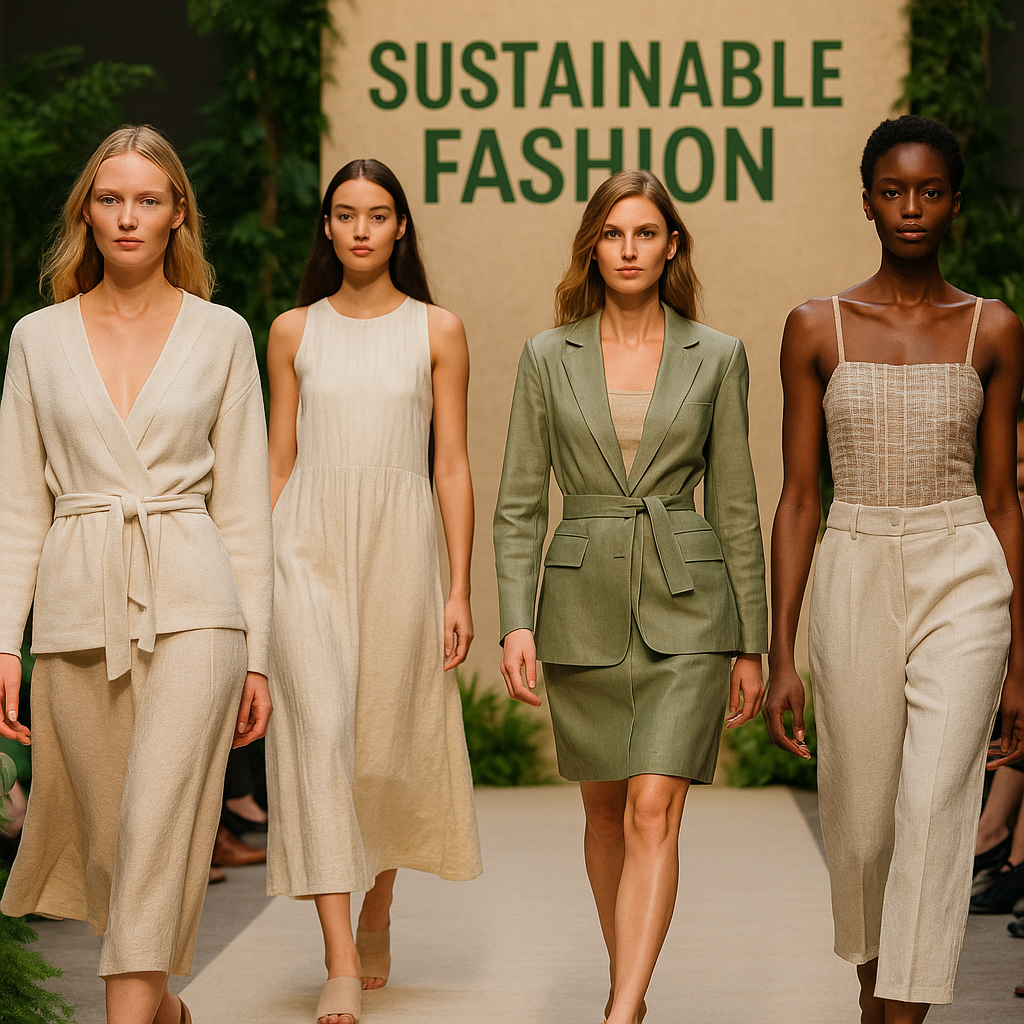
The fashion industry is one of the most dynamic sectors in the world, constantly evolving with new trends, designs, and cultural influences. However, in 2025, one trend stands out above all others: sustainable fashion. With climate change, environmental awareness, and consumer demand for ethical practices on the rise, eco-friendly fashion is no longer a niche — it’s the future of style.
The Growth of Sustainable Fabrics
Designers are turning away from harmful synthetic materials and embracing fabrics that are kinder to the planet. Recycled polyester, organic cotton, bamboo, and even plant-based leather alternatives are becoming mainstream. Brands are experimenting with innovative textiles that are biodegradable and produced with less water and energy.
The Slow Fashion Movement
“Fast fashion” has long dominated the market, encouraging overproduction and waste. But in 2025, the slow fashion movement is growing stronger. Consumers are investing in fewer, higher-quality items that last longer. This shift not only benefits the environment but also challenges brands to create timeless designs instead of short-lived trends.
Circular Fashion and Recycling
Circular fashion is another major aspect of sustainability. Clothing recycling programs, second-hand shopping, and rental platforms are booming worldwide. Vintage and thrift shopping are no longer just budget-friendly options — they’re fashionable choices embraced by celebrities and influencers. This change reflects a cultural shift where reusing and recycling are seen as stylish, not outdated.
Technology and Innovation
Technology is helping fashion go green. From 3D printing fabrics to AI-powered supply chain management, innovations are reducing waste and ensuring transparency. Blockchain is even being used to verify whether garments are ethically produced, giving consumers more confidence in their purchases.
The Consumer’s Role
Sustainable fashion isn’t just driven by brands; consumers are leading the charge. More people are asking questions about where their clothes come from and how they are made. Supporting local artisans, buying second-hand, and choosing eco-friendly brands are ways individuals are making fashion choices that reflect their values.
Why It Matters
The fashion industry is responsible for nearly 10% of global carbon emissions and is the second-largest consumer of water. By shifting toward sustainable practices, the industry can significantly reduce its environmental footprint. For shoppers, this means making conscious choices about what they wear and how long they keep it.
Leave a Reply